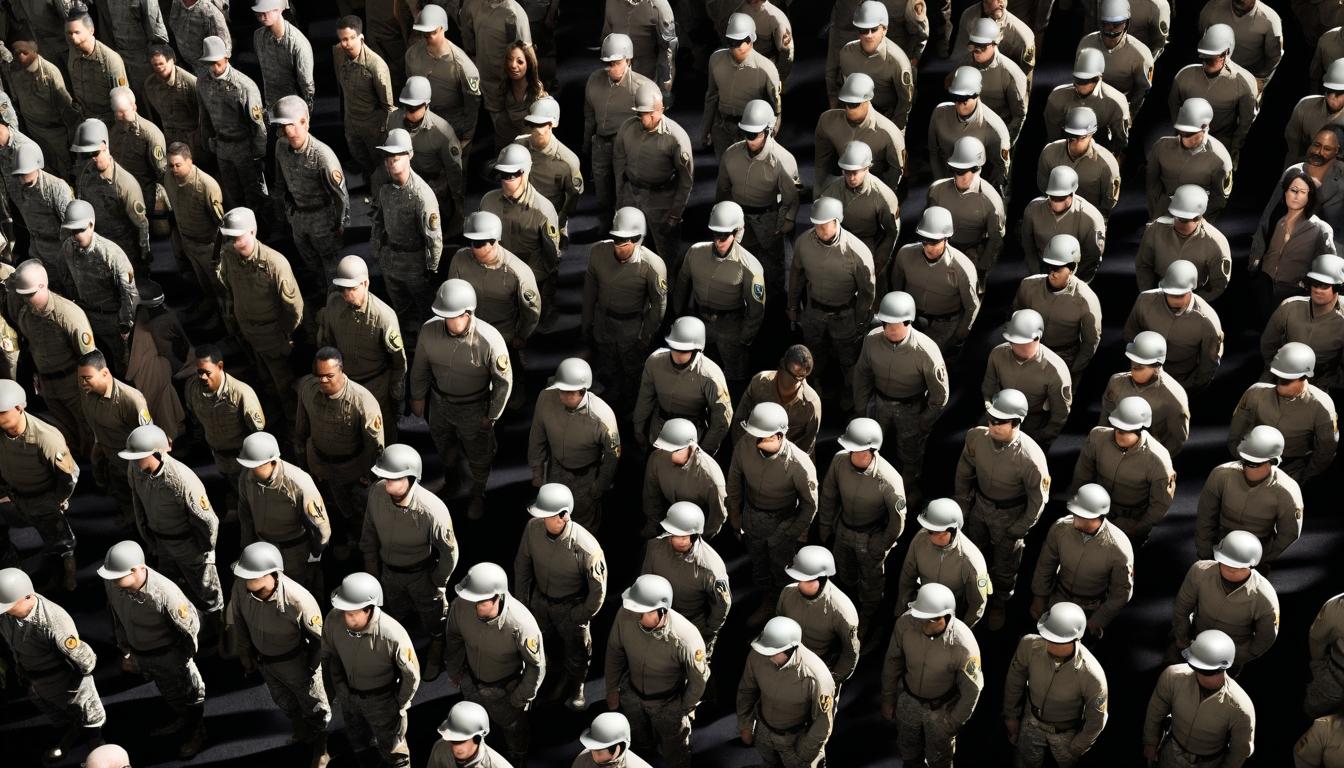They stand in the background of your favorite films, their faces blurred by focus and narrative necessity. Movie extras—the human scenery of cinema—form an army of thousands whose stories remain largely untold. While audiences fixate on A-list stars and directors, these background performers navigate a world of predawn call times, endless waiting, and the quiet hope of being noticed.
On any given production day in Los Angeles, hundreds of extras arrive before sunrise, clutching their vouchers and costume instructions. They are teachers between jobs, aspiring actors paying dues, retirees seeking excitement, and everyone in between. The pay? Typically minimum wage with meal penalties that barely cover the cost of parking. Yet they come, day after day, drawn by the magnetic pull of possibility.
Behind the scenes, casting agencies like Central Casting have become the gatekeepers to this shadow industry. The process begins with submitting photos and measurements into vast databases, where algorithms and human eyes scan for specific looks. Need someone who can pass for a 1920s dockworker? A modern-day Silicon Valley engineer? The casting directors work with precise demographic shopping lists that would make anthropologists blush.
What few realize is the physical endurance required. Extras might stand for twelve hours in period costumes under blazing lights, or repeatedly walk the same stretch of sidewalk for take after take. I spoke with Maria, a fifty-year-old who has been doing background work for decades. "You learn to bring snacks, comfortable shoes, and infinite patience," she told me while waiting outside a downtown soundstage. "Some days you're medieval peasants, other days futuristic colonists. We're human chameleons."
The hierarchy on set is rigid and unspoken. Background performers occupy the lowest rung, often forbidden from speaking to principal actors or even making eye contact. Their movements are choreographed by assistant directors who treat them like living props. "Cross behind the conversation at marker seven," comes the instruction through an earpiece. There's an art to moving naturally while following precise blocking.
Yet within this structured environment, tiny moments of humanity emerge. I witnessed extras secretly helping each other with difficult costumes, sharing sunscreen during outdoor shoots, and creating impromptu communities in holding areas. These temporary families form and dissolve with each production, bound by shared experience rather than ambition.
The digital age has transformed this world in unexpected ways. With the rise of streaming content, demand for background performers has exploded—but so has surveillance. Productions now use high-resolution cameras that can capture every extra's face in crystal detail, leading to complex rights issues around image usage. Many sign away their likeness in perpetuity for that day's paycheck.
There's also a dark side to this industry. The #MeToo movement revealed that background performers face unique vulnerabilities—often working without union representation or clear channels to report harassment. Their temporary status makes them easy to replace if they complain. Several extras I interviewed described being warned not to "make trouble" if they wanted future work.
The financial reality is stark. Even veteran extras rarely earn enough to qualify for health insurance through the union. They piece together livelihoods through multiple jobs, treating background work as supplemental income rather than career. "You might get lucky and book a commercial that pays residuals," said James, who has been in the business for fifteen years. "But mostly it's day playing—gig economy before that was a term."
What keeps them coming back? For some, it's the thrill of proximity to fame. For others, the creative satisfaction of helping build fictional worlds. I met linguistics students who relish period-accurate dialogue, history buffs who geek out over authentic props, and people simply fascinated by the machinery of filmmaking.
The COVID-19 pandemic created both crisis and opportunity. Productions shut down for months, devastating those reliant on daily work. But when filming resumed, new safety protocols created specialized "COVID compliance" roles filled from the extra pool. Suddenly, people who had been silent background were given authority and better pay to enforce mask mandates and social distancing.
As streaming platforms multiply and content production reaches industrial scale, the demand for human background continues—even as digital crowd replication technology improves. There's something about real people in the frame that still feels different to audiences, a texture that algorithms haven't quite captured.
These invisible workers form the fabric of visual storytelling, their collective presence making fictional worlds feel lived-in and authentic. They are the rustle in the restaurant scene, the movement in the marketplace, the life in the background of our collective dreams. And when the credits roll, their names scroll by too quickly to read—but without them, the magic wouldn't feel quite real.
The secret life of movie extras: Hollywood's invisible workforce

